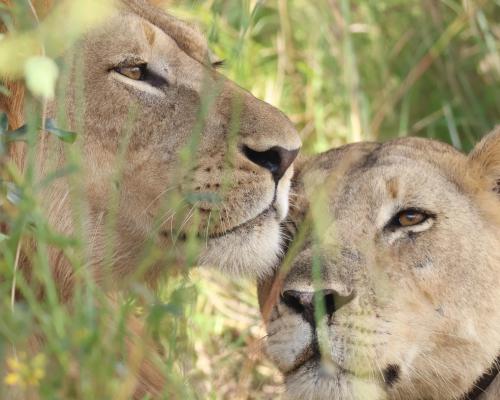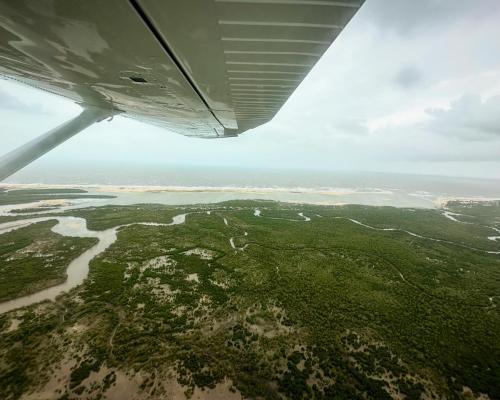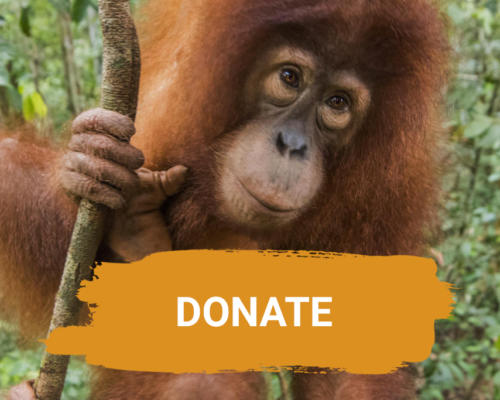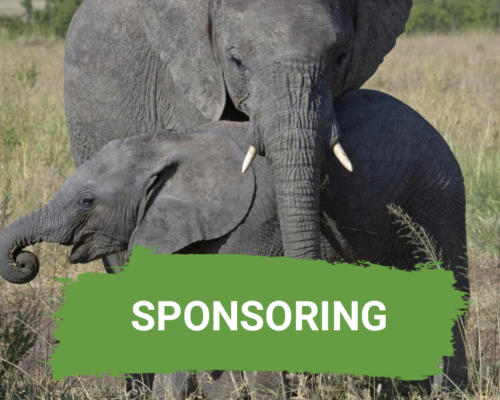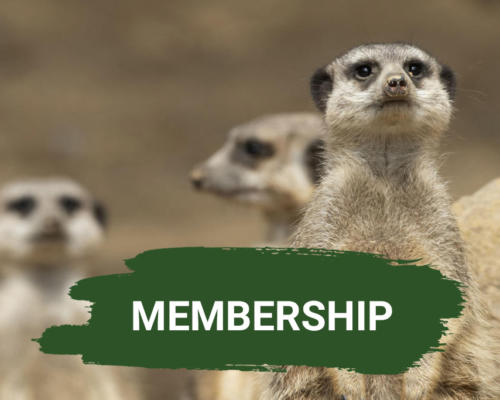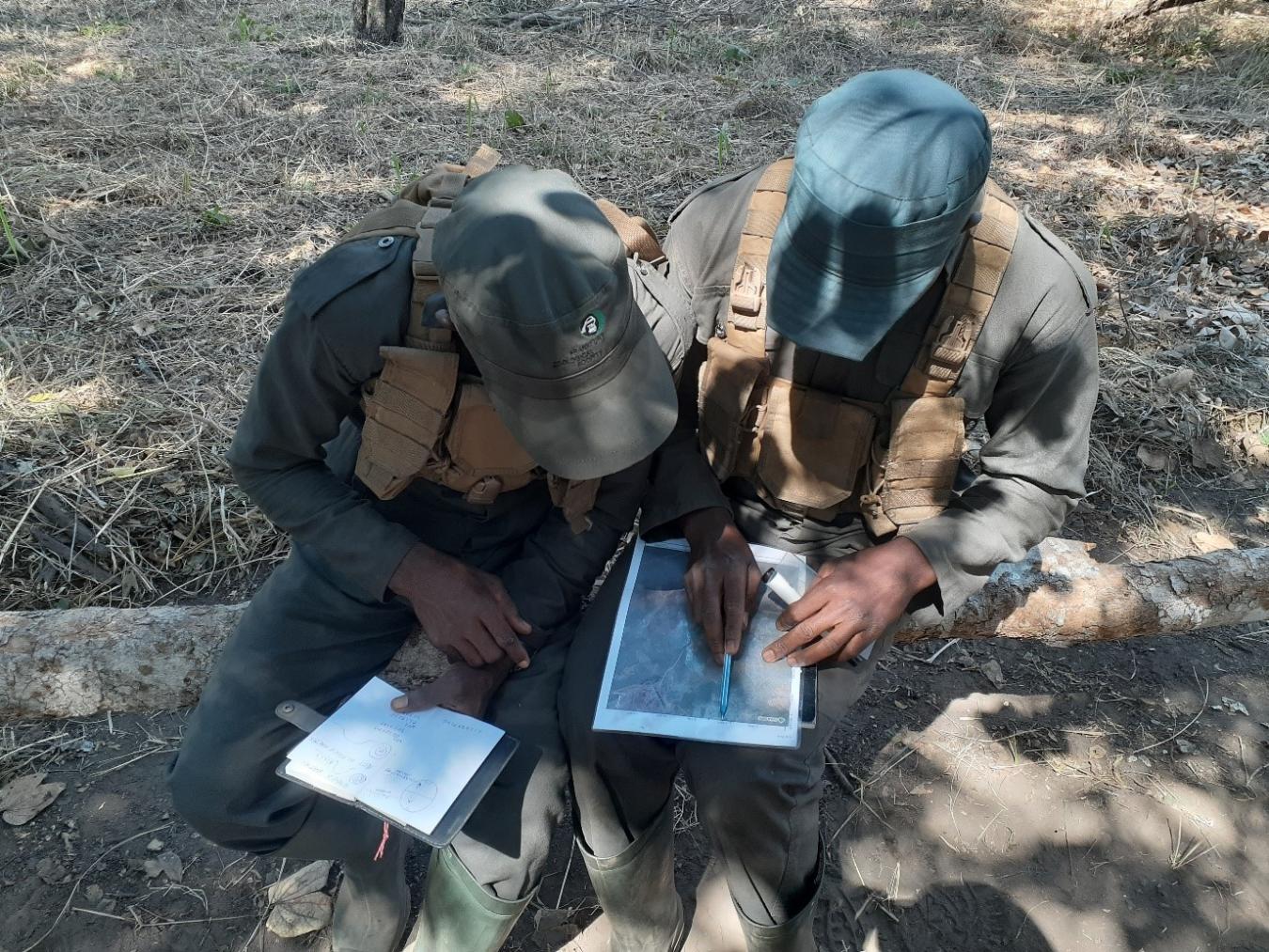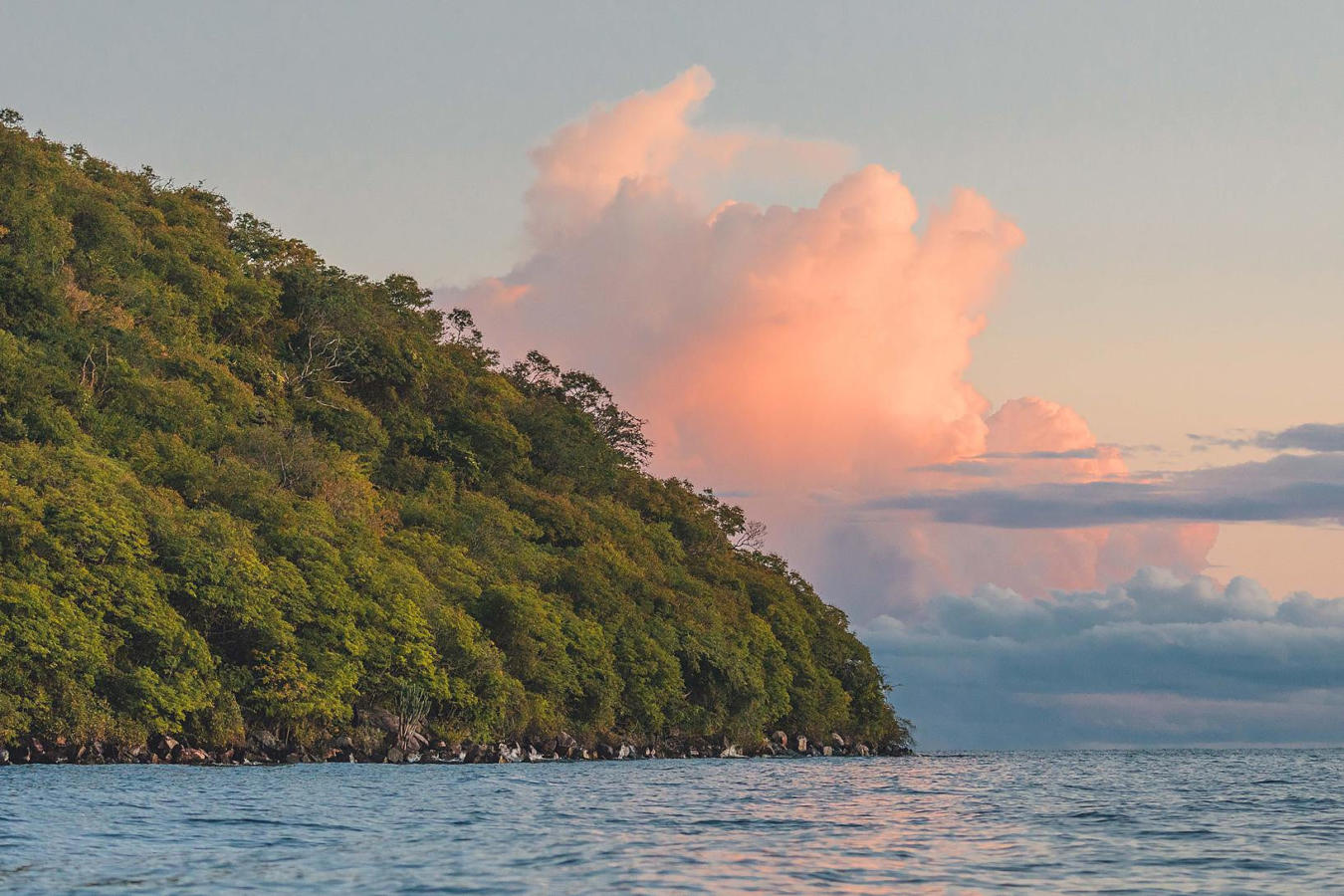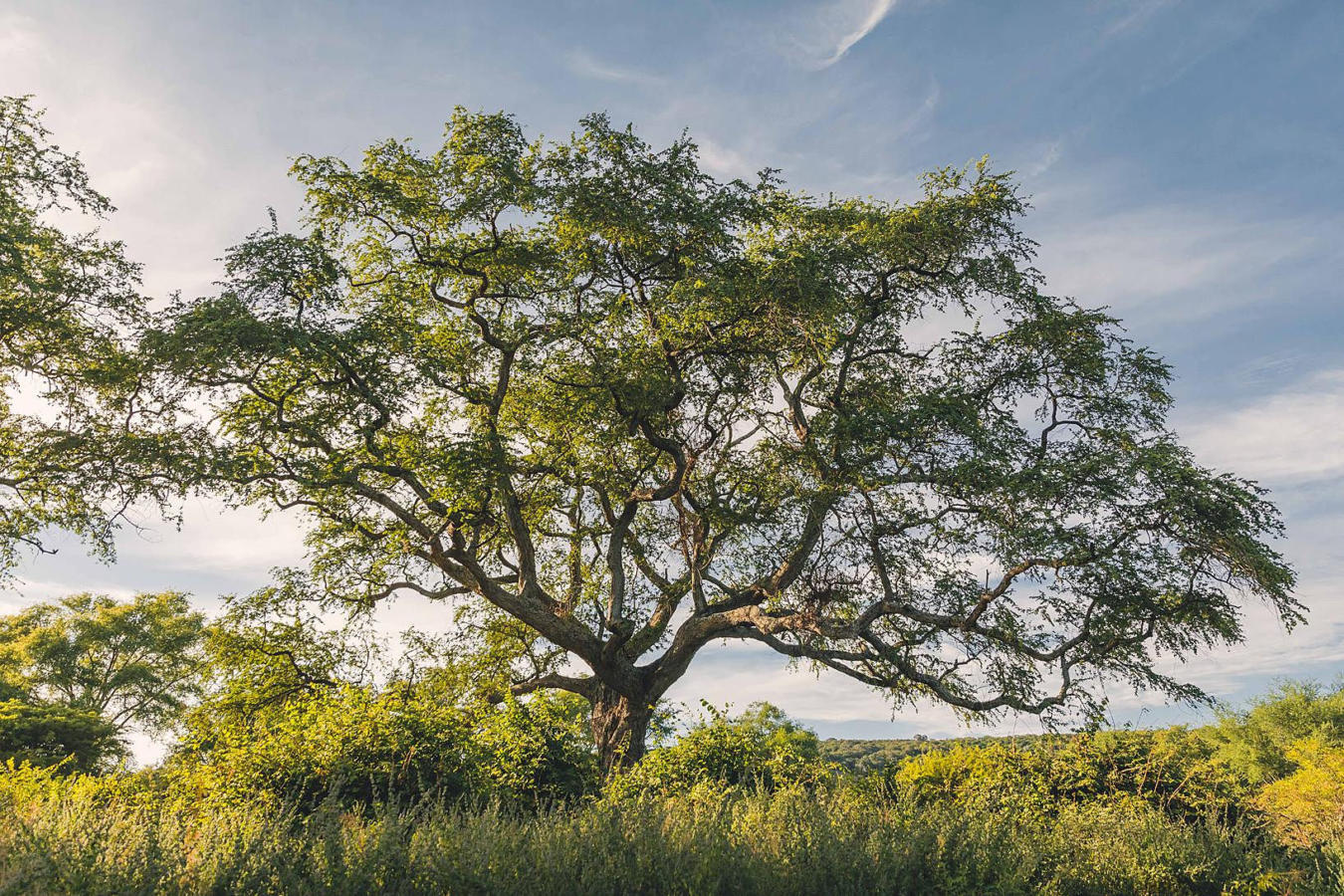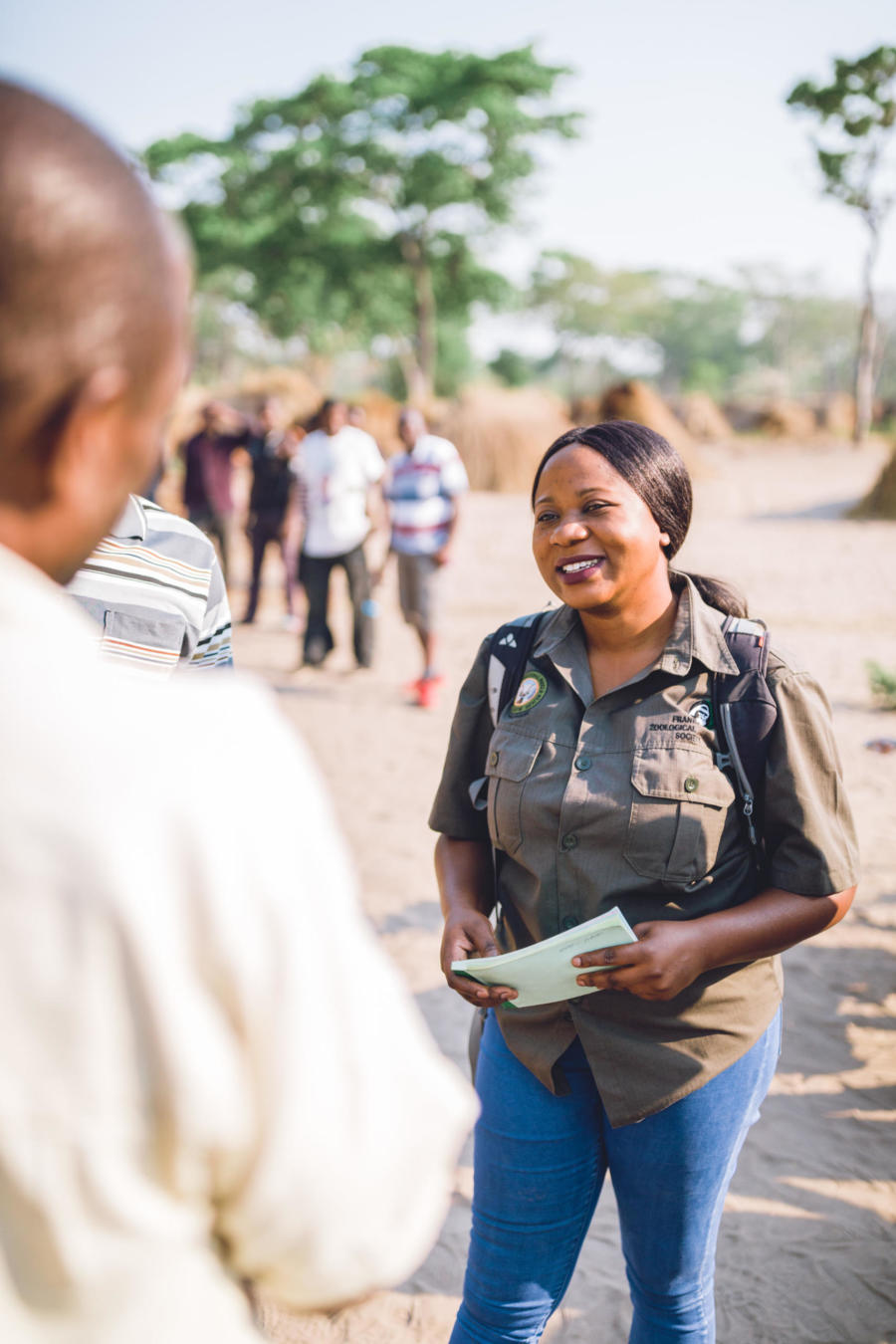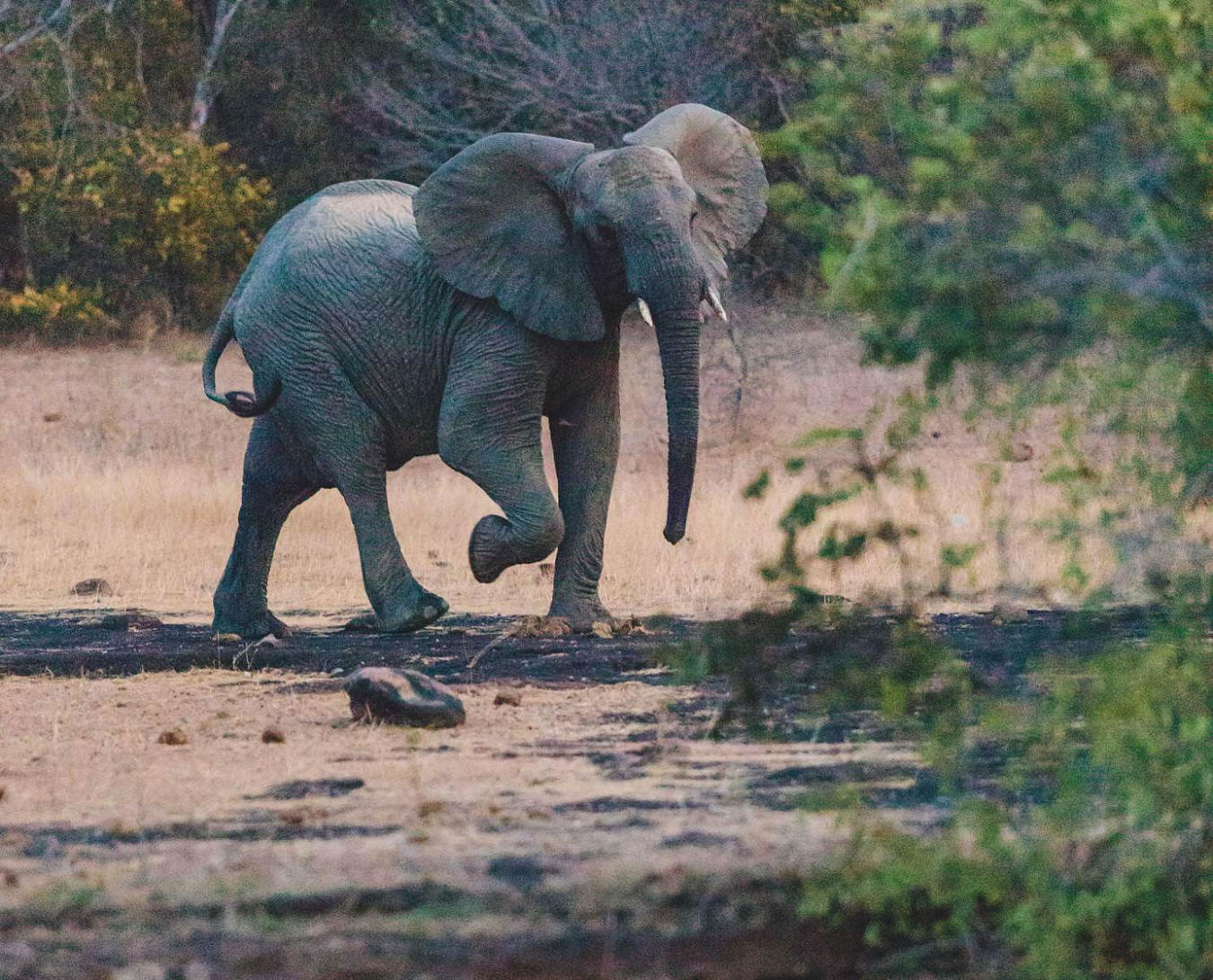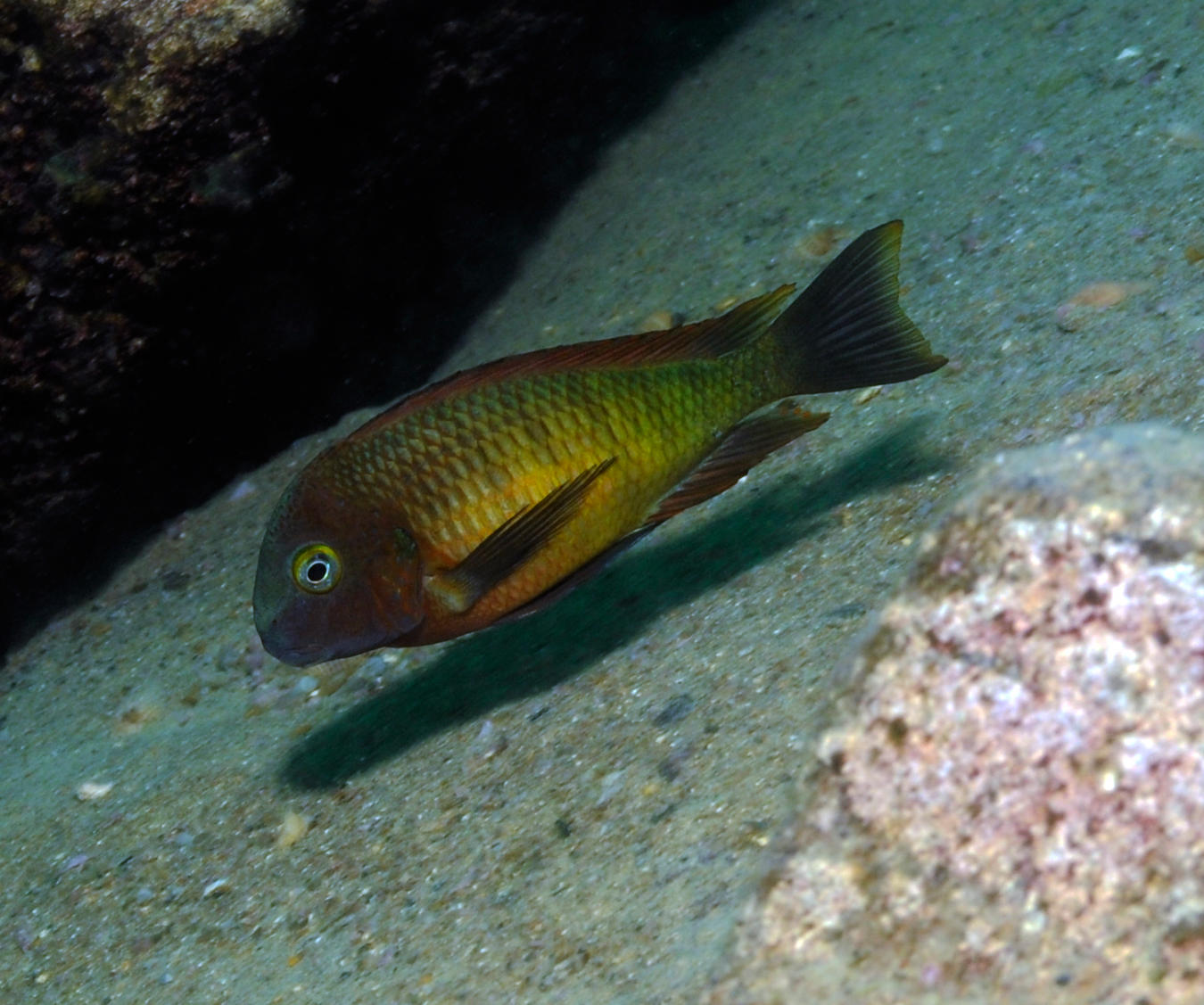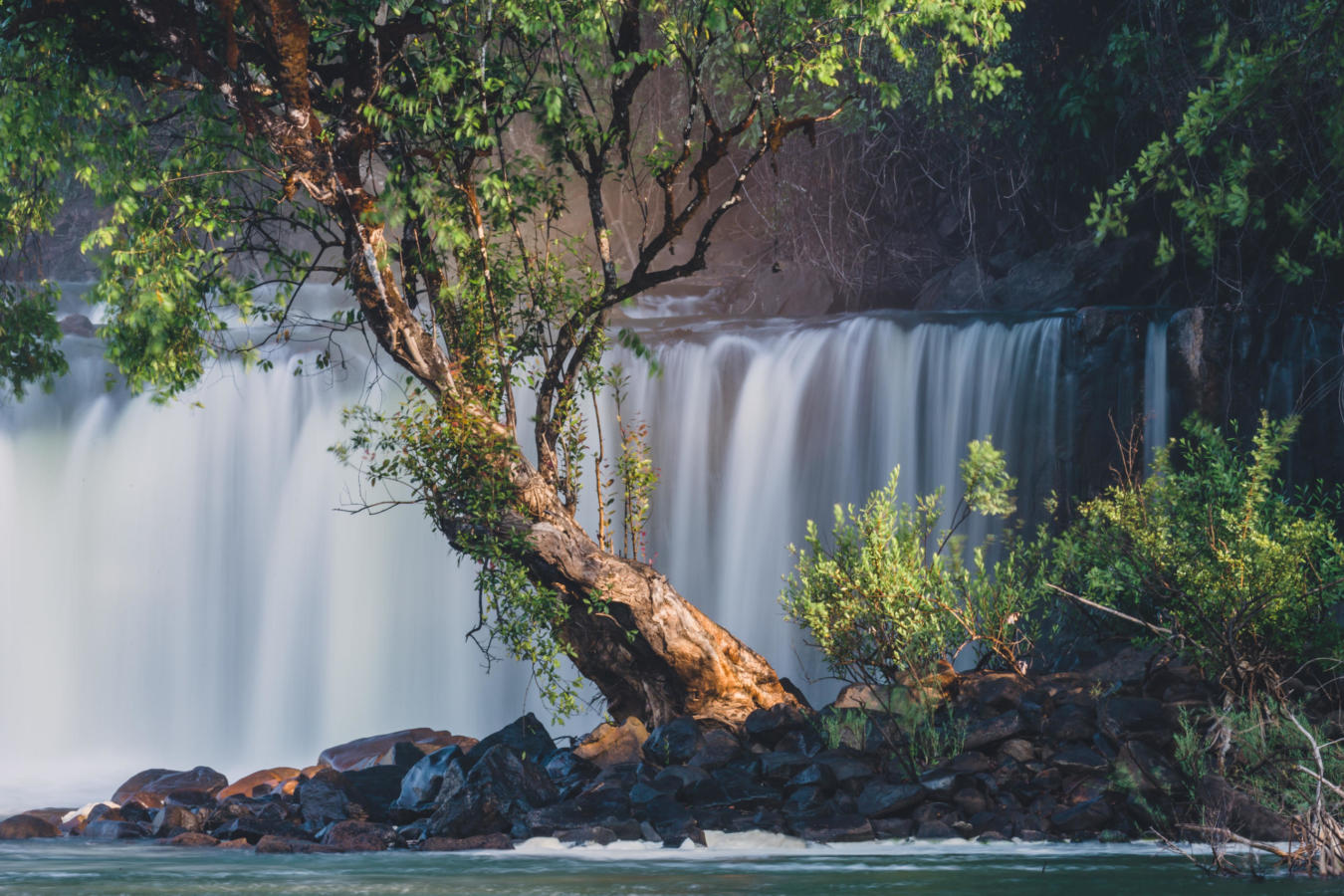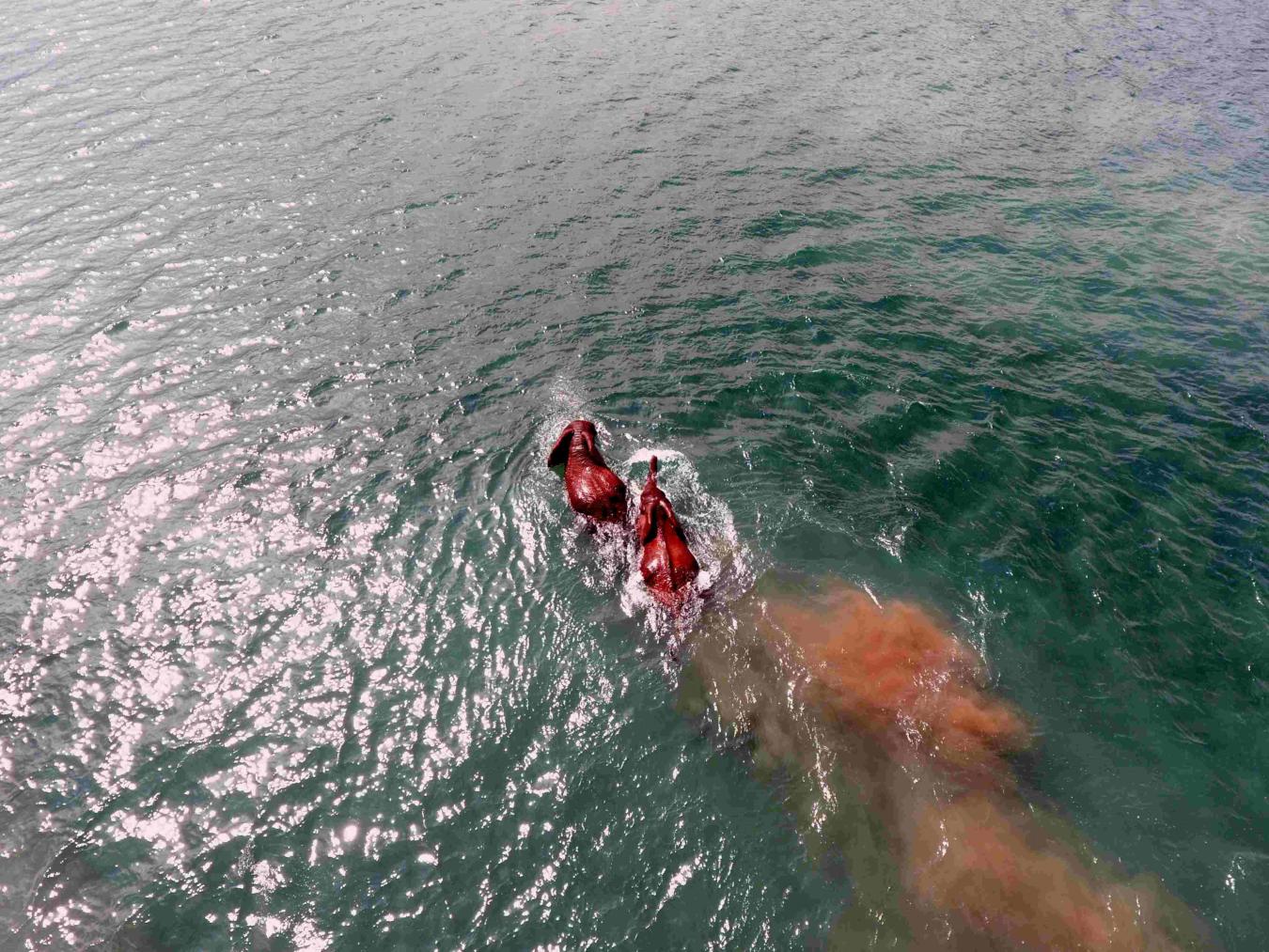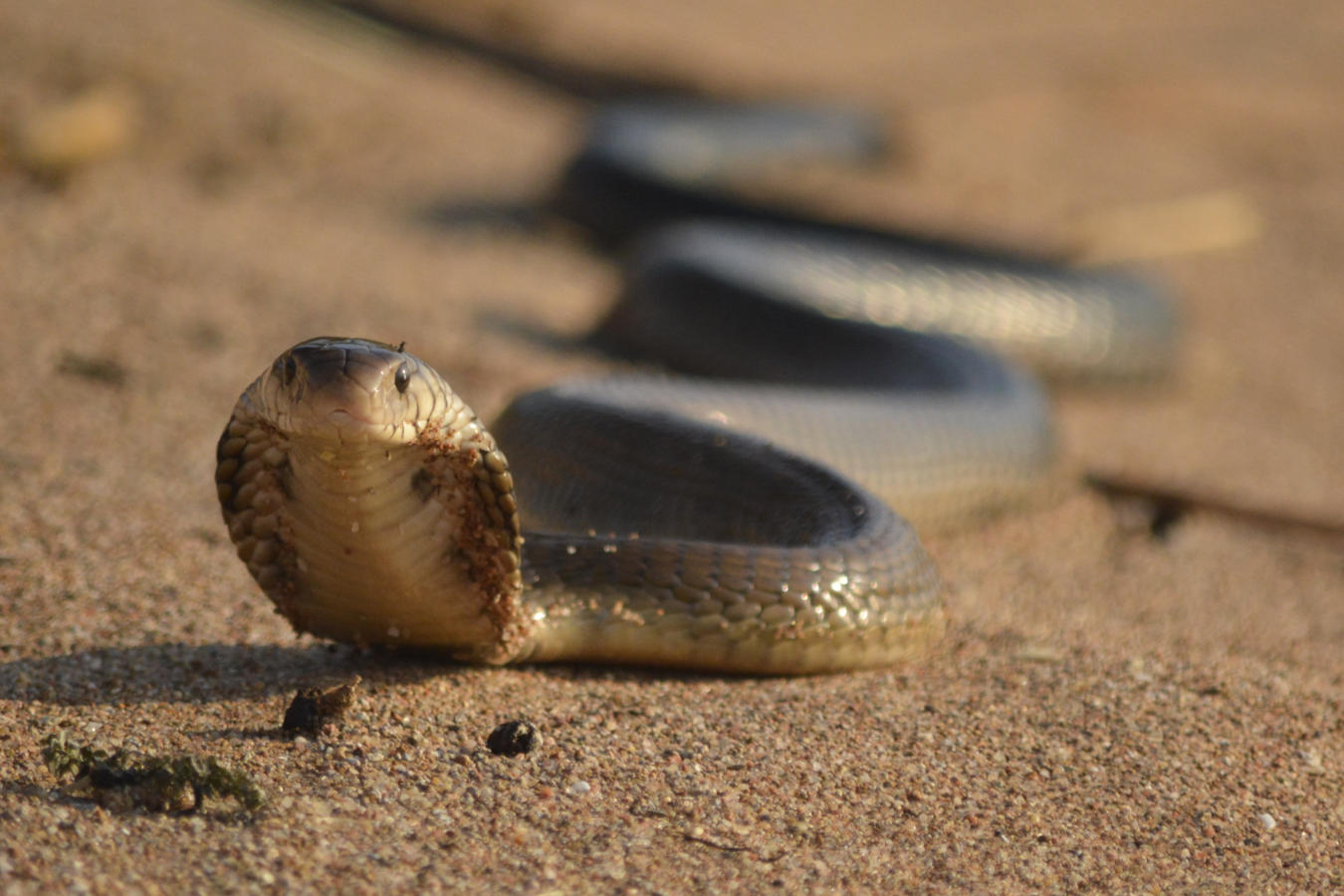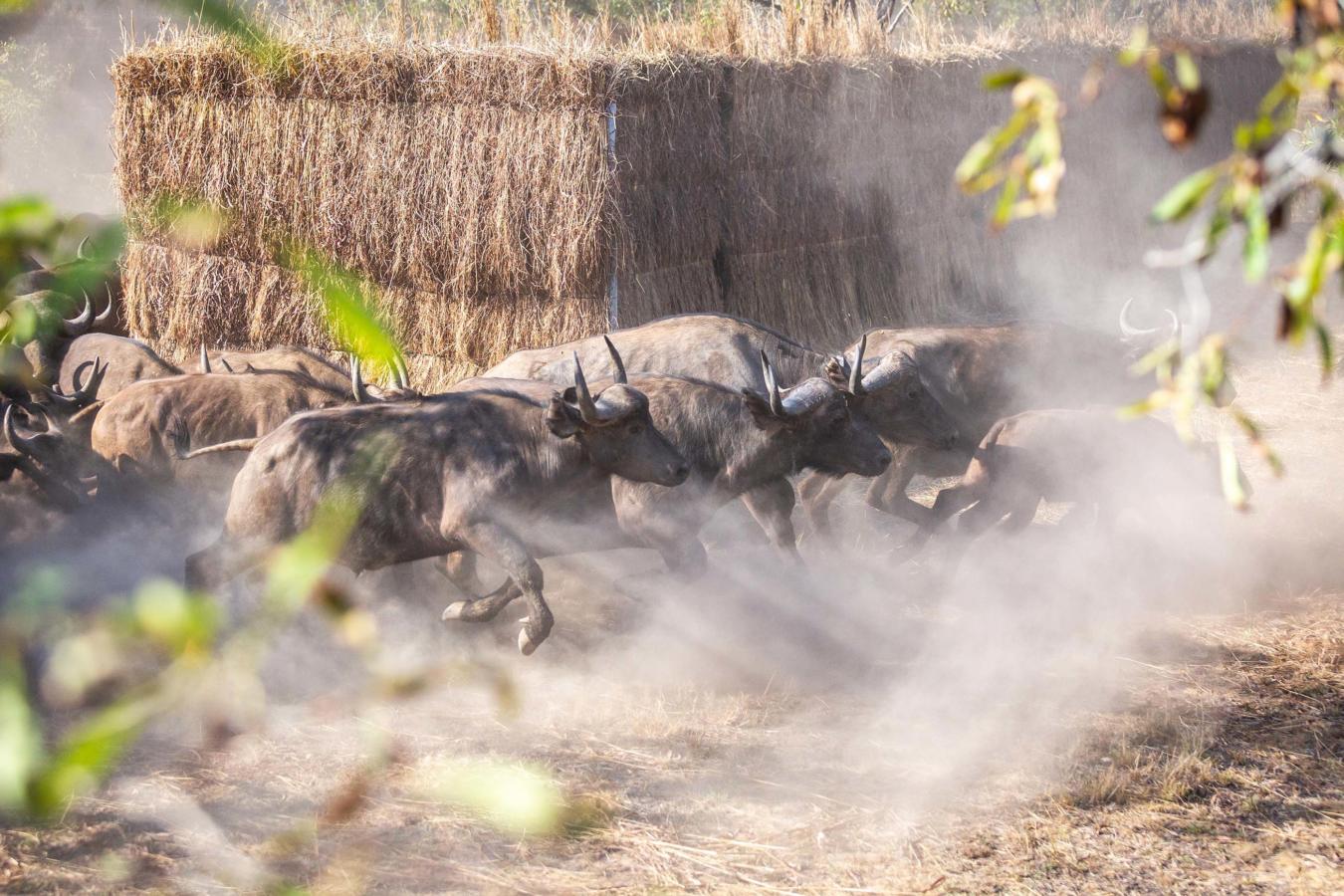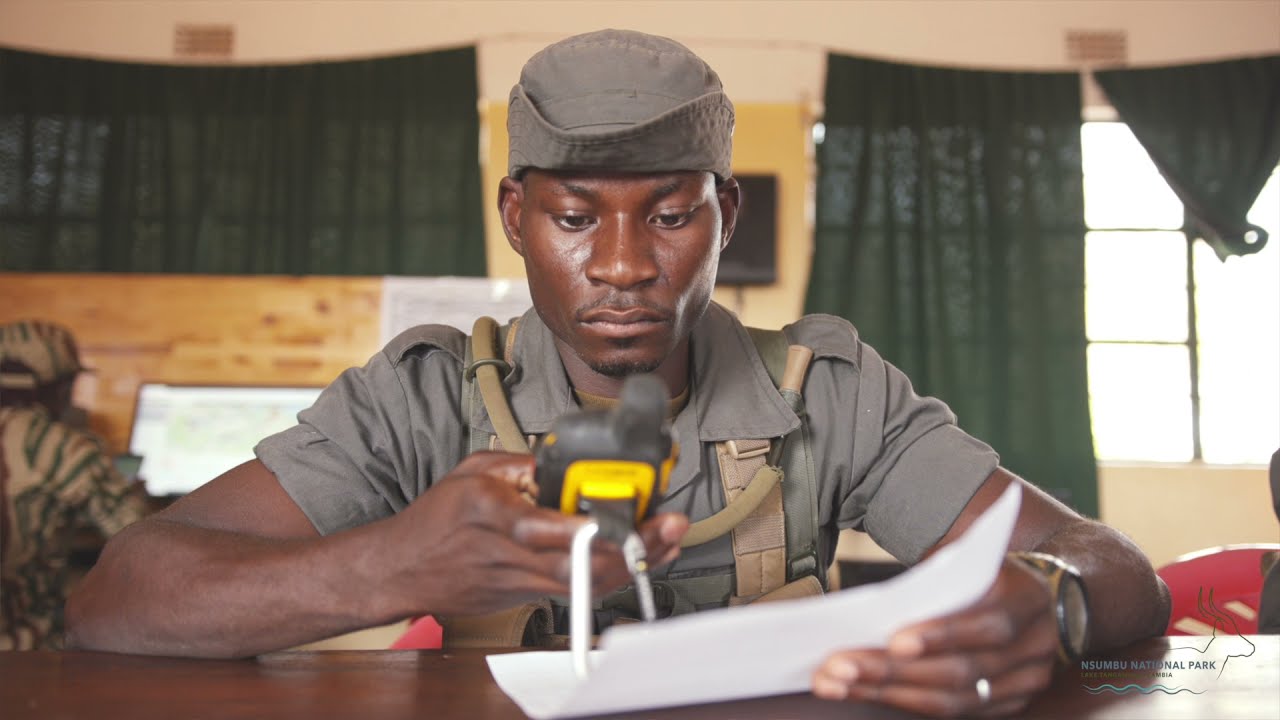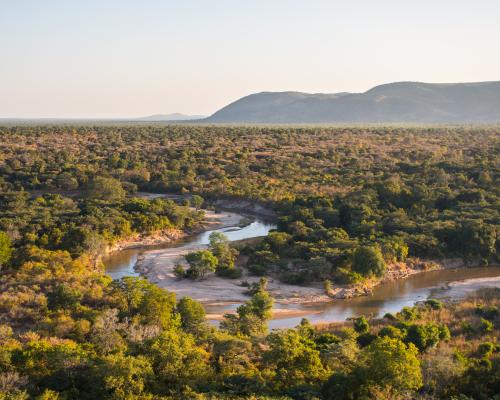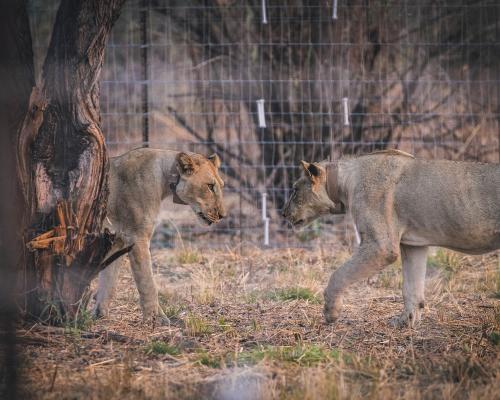200 buffaloes and 48 zebras are translocated into Nsumbu National Park.
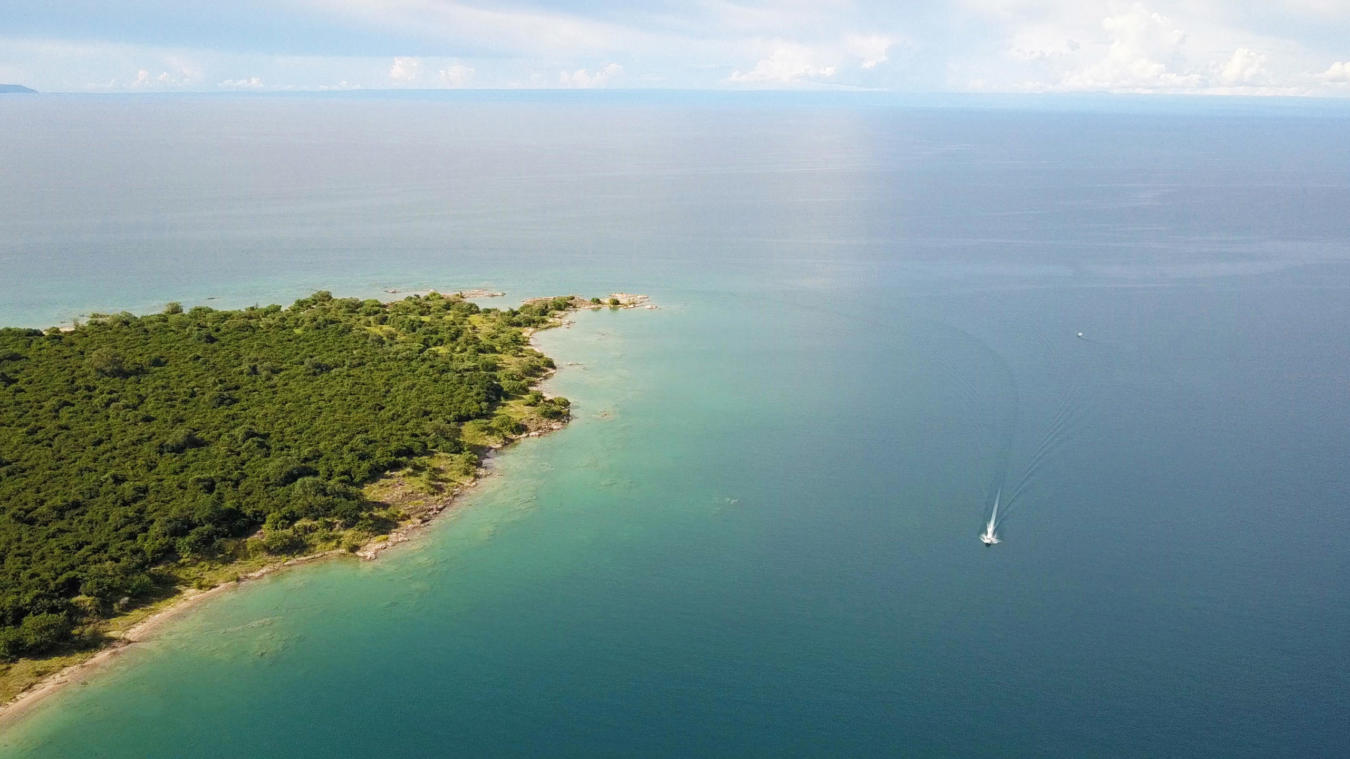
Covering an area of 10,000km², the Nsumbu-Mweru ecosystem is the heart of an exceptional ecosystem located between the great African lakes of Tanganyika in the east and Mweru in the west. Water defines this landscape. Flowing from highland freshwater springs in pristine forests, to floodplains, rivers, lagoons, and wetlands that nourish a highly productive land together with its wildlife and people, these waters eventually empty into the world’s longest and most biodiverse lake – itself a biological wonder.
Lake Tanganyika is up to 1.5km deep and forms the world’s second-largest freshwater resource. It is estimated to harbor over 1,000 species of animals and is world-renowned for its Cichlids – a diverse group of fish that have shaped the ecosystem as well as our own understanding of evolution in the natural world. Nsumbu National Park is the jewel in this landscape, a place where elephants roam along the shores of Lake Tanganyika, where vast impenetrable Itigi forests are found as well as a fully protected watershed.
The protection of the Nsumbu Tanganyika Ecosystem will establish an anchor of sustainability and biodiversity that will benefit people, flora, and fauna – not only locally, but also regionally.
- Project: Nsumbu Tanganyika Conservation Program
- Project size: 7,000 km²
- Program Manager: Craig Zytkow
- Project start: 2017
- Nsumbu National Park
- Conservation Activities
- Milestones
- Partners
- back to top
The Nsumbu Tanganyika Conservation Program works closely with the Nsama and Chitimbwa communities. As our major community partners, they are the guardians of vast tracks of wilderness around Nsumbu National Park. They are the direct beneficiaries of our conservation work in IUCN Category VI protected areas and communal lands that allow for sustainable resource use by the communities living in them. Ensuring these communities are managing resources transparently, sustainably and for the benefit of the wider human population is the focus of our work here. We support them by providing capacity building in the form of financial management, governance, and natural resource management.
Working over such a vast and remote area takes an immense array of resources to provide adequate support to a wide range of partners and people. From senior government managers responsible for the direct management of national resources to the community members who need transport to attend meetings, the Nsumbu Tanganyika Conservation Program strives to provide an efficient flow of resources to the key people involved in the protected area management of the Nsumbu Tanganyika Ecosystem. This includes the provision and maintenance of vehicles, boats, motorbikes, communication equipment, and, where necessary, strategic funding to allow people to effectively carry out their jobs or mandates.
Rangers are the front line of conservation in Nsumbu and the Nsumbu Tanganyika Conservation Program proudly supports almost 100 rangers with equipment, training, and salaries. In 2019, we facilitated the recruitment of forty fit and healthy young men and women from the communities we work in to build this team, a first for this area. With ongoing support, mentoring and opportunities they now proudly protect their own heritage and have career opportunities in conservation that make a lasting difference.
After a thorough baseline study and design phase, the SUFINA environmental education program is being implemented in five schools around Nsumbu. SUFINA is short for a local Tabwa phrase Sungeni Ifilenga Na Lesa which loosely translates into “conserve our natural resources for the future”. The aim of the SUFINA program is to instill a sense of belonging with the natural world and understanding our important place and role in it. It goes further than protecting Nsumbu National Park, it is about a more sustainable way of life in which we and future generations are as much a part of the ecosystem as any other of its components.
To develop sustainable income for the surrounding communities and opportunities for skill development of individuals, the Nsumbu Tanganyika Conservation Program recently partnered with the Nsama Community Resource Board to develop permanent infrastructure for a community-owned tourism camp. The development of Kapelembe (roan antelope) camp in Tondwa Game Management Area (GMA) will be completed in 2021 with four chalets built from local materials nestled in the hills overlooking the spectacular Tondwa plain. We look forward to establishing Tondwa as a destination in its own right. We anticipate the experiences built from Kapelembe camp will contribute immensely to a greater sense of ownership and pride of the GMA, and allow similar concepts in other nearby wildlife areas to be initiated.
The Department of Wildlife and National Parks (DNPW) is the Zambian government agency mandated to administer the wildlife estates in Zambia, of which all national parks are part. Our core management agreement with DNPW makes them our primary partner in government. Administration support may not be as exciting as supporting rangers on the front line but is no less critical in providing cohesive and effective protected area management. The Nsumbu Tanganyika Conservation Program provides transport, training, and where necessary operational funding to senior DNPW personnel.
Many protected areas like Nsumbu were long neglected in terms of infrastructure development and maintenance. The construction of ranger housing and outposts improves the wellbeing and job satisfaction of our ranger force, whilst the maintenance of roads and communications networks supports efficient connectivity of the ecosystem. The Nsumbu Tanganyika Conservation Program provides continuous works and maintenance effort that improves the protected area and provides employment to local communities.
The rugged landscape, dense vegetation, and remote nature of Nsumbu has historically made it difficult to establish and monitor wildlife populations and their change. An ecological monitoring program started in 2017 with a snap carnivore ground survey and has developed into an integrated combination of methods using aerial surveys, camera trapping grids, distance sampling transects on foot and remote tracking of animal movements with satellite GPS collars. A growing understanding of wildlife population dynamics and habits now supports and scientifically informs our effective and adaptive management strategies.
Iconic species serve as a rallying point for conservation and this is no different on the ground amongst our team. Elephants once roamed throughout the region and across the Nsumbu-Mweru Ecosystem but were persecuted until only a small, isolated population remained in Nsumbu. The protection of elephants has been a cornerstone of our law enforcement strategy. The recruitment of new rangers, a rigorous in-service training regime, multi-platform monitoring, and communications systems and law enforcement management capacity improvements have transformed Nsumbu from the last refuge of a disappearing elephant population to a seed population growing in size and range from the protection provided. The creation of the Tanganyika Boat Unit (TABU) secures the lakeshore against poaching incidents and exceptionally high fitness and training standards are required to become one of the 25-person strong TABU. We are proud that not a single elephant has been detected as poached in Nsumbu since 2018 and look forward to ensuring this progress continues and supports the recovery of other iconic species such as lions and rhinos.
Nsumbu National Park was depleted through many years of bushmeat poaching using indiscriminate wire snaring. As the security of Nsumbu was improved, poaching reduced, but sadly thousands of snares have been left behind in the National Park and remain deadly long after the poachers have left the area. Their removal was identified as a crucial part of the recovery process and the Nsumbu Tanganyika Conservation Program now employs a 12-person dedicated de snaring team to strategically sweep key habitat areas and remove old snares. Almost 1,000 snares have been removed by the team since 2019.
Lake Tanganyika is a remarkably rich fishery, and the waters in and around Nsumbu are particularly so. However, poor fishing methods, overfishing, and porous international borders are all contributing to declining catches in the face of growing human populations. Whilst the waters of the National Park are well protected by our law enforcement efforts, it became clear we needed to expand our efforts and help improve the management of a resource that literally sustains millions of people. Four target communities work with us to create community-led fisheries management areas that will improve sustainable livelihoods and reduce pressure on the rich park waters.
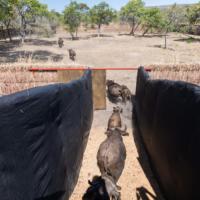

An 8,500-hectare sanctuary is completed inside Nsumbu National Park to provide an intensive management zone for wildlife translocations beginning in 2021 and ultimately aimed at securing a 2nd black rhino founder population.
The Nsumbu Tanganyika Conservation Program began developing community managed fisheries areas in four pilot villages along the shores of Lake Tanganyika adjacent to the National Park.
NTCP supported the Nsama Community Resource Board by supporting all Game Management Area Community Scout salaries during the COVID-19 pandemic when there was virtually zero income from tourism.
The first large-scale ranger recruit, train and employ cycle was carried out in Nsumbu resulting in forty new rangers from surrounding communities graduating as highly trained and effective community scouts.
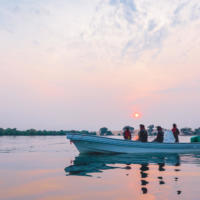
The Tanganyika Boat Unit (TABU) is established to combat the illegal wildlife trade across southern Lake Tanganyika.
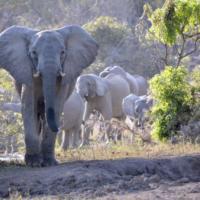
FZS signs a Memorandum of Agreement with the Zambia Department of National Parks and Wildlife for Nsumbu National Park – the second FZS site in Zambia. The Nsumbu Tanganyika Conservation Program is formed.
Successful conservation is always the result of great teamwork. We collaborate with local communities, national authorities, and conservation organizations. Our partners make our conservation work possible.
-
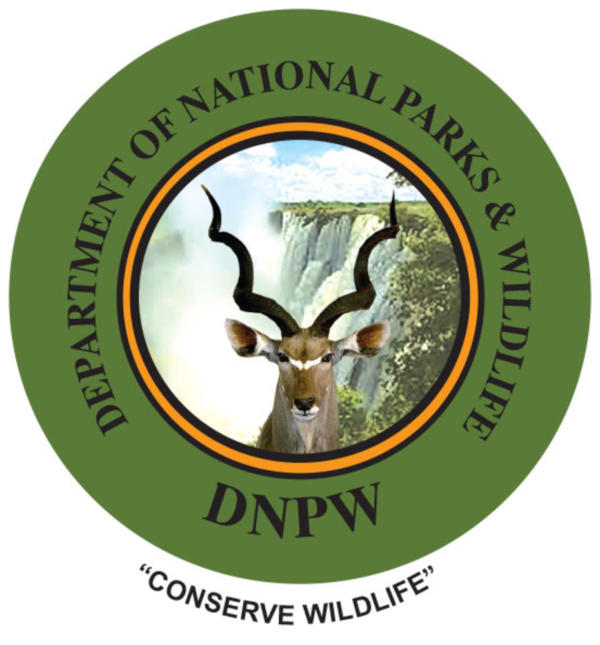 The Zambian Department of National Parks and Wildlife
The Zambian Department of National Parks and Wildlife -
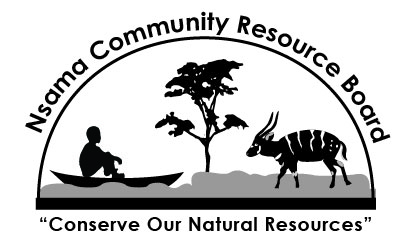 The Nsama Community Resource Board
The Nsama Community Resource Board
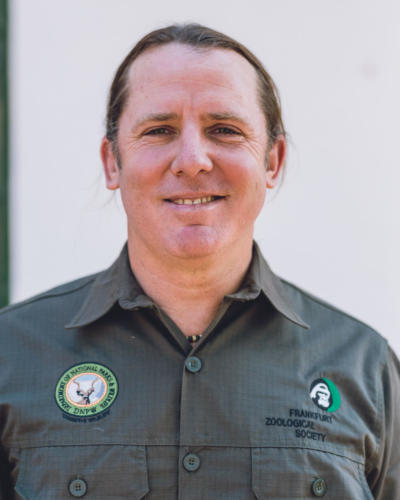
“This landscape gives so much back to her people, flora, and fauna – from its staggering underwater diversity to its endangered Sumbu-Itigi forests. “






